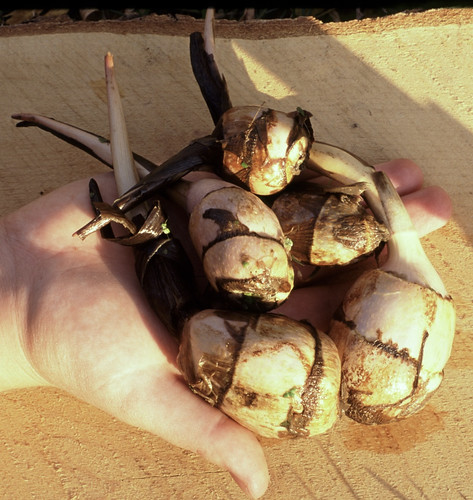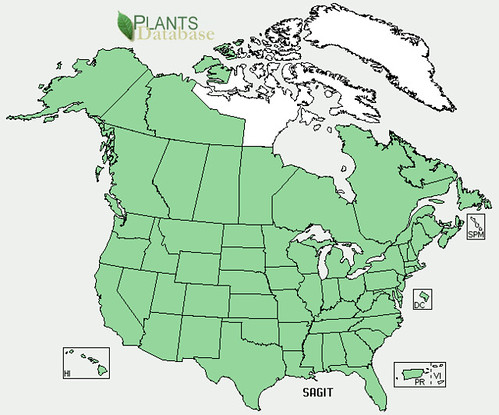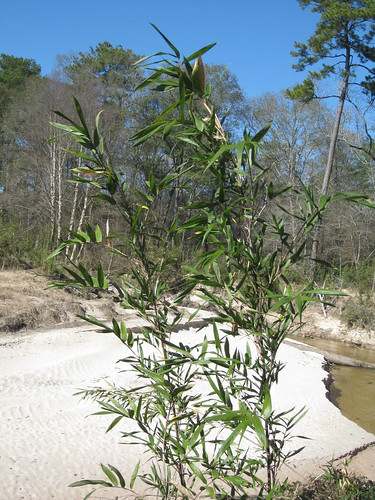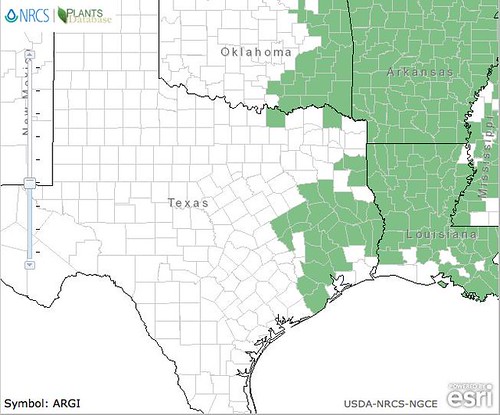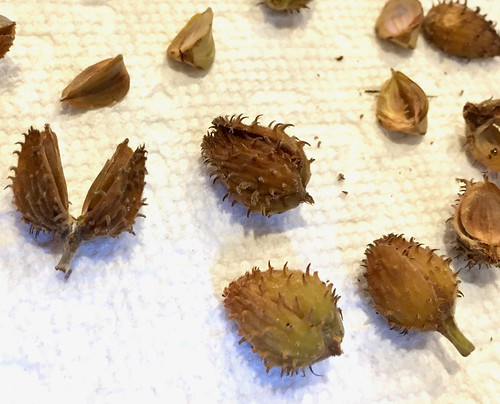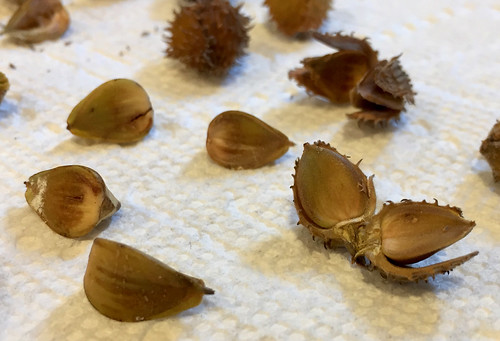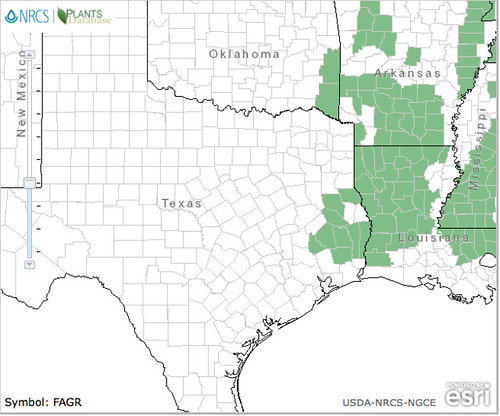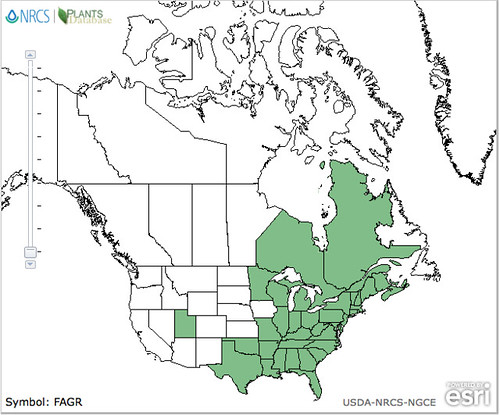Scientific Name(s): Eupatorium perfoliatum
Abundance: uncommon
What: leaves
How: medicinal tisane, tincture
Where: wet soils, sun to shade
When: summer, fall
Nutritional Value: none
Dangers: the difference between poison and medicine is dosage. Large doses can cause severe diarrhea or other issues. Limit intake to 3 cups of tea, made with 1/2 teaspoon dried plant.
Medicinal Summary:
Leaves/Flowers - sweat inducer; fever reducer; reduces symptoms of colds; anti-inflammatory; pain reducer for rheumatism and arthritis; appetite stimulant (
tisane, tincture)
Leaves - stimulate healing of sprains, strains, and broken bones (
poultice)
Leaf Arrangement: The leaves of Boneset are arranged in pairs along the stem in a way that makes it appear as if the stem pierces through the center of each leaf.
Leaf Shape: Boneset leaves are lance-shaped, measuring about 3 to 6 inches in length and 1 to 2 inches in width.
Leaf Venation: The venation of Boneset leaves is pinnate, with prominent central veins and smaller branching veins.
Leaf Margin: The leaf margins are serrated with toothed edges.
Leaf Color: The leaves are typically medium to dark green, with no significant color variation between the top and underside of the leaf.
Flower Structure: Boneset produces clusters of small, white flowers arranged in a dense, flattened, and slightly rounded inflorescence at the top of the stem. Each flower head measures about 0.2 to 0.3 inches in diameter.
Flower Color: The flowers of Boneset are white.
Fruit: After flowering, Boneset produces small, dry, and one-seeded fruits called achenes.
Seed: The seeds (achenes) are small, brownish, and elongated, with a length of about 0.1 inches.
Stem: The stem of Boneset is upright, sturdy, and usually unbranched, with a slightly hairy or rough texture.
Hairs: The stem and leaves of Boneset have fine, short hairs.
Height: Boneset plants typically grow to a height of about 2 to 4 feet, though they can sometimes reach up to 6 feet when in bloom.
Boneset plants (and me).

Boneset leaves. Note how the stem seems to pierce the long, canoe-shaped leaves rather than having to distinct leaves, one on each side of the stem.


Close-ups of the leaves/stem.


Boneset stems are hairy/fuzzy.

Boneset flower-cluster buds are hairy.


Boneset flowers clusters.

Closer view of boneset flowers.

Still closer view of boneset flowers.

Texas distribution, attributed to U. S. Department of Agriculture. The marked counties are guidelines only. Plants may appear in other counties, especially if used in landscaping.

North American distribution, attributed to U. S. Department of Agriculture.

Boneset is a rather unique and easily identified plant. Appearing in the summer, there stiff, straight, hairy stems grow up to about four feet tall, with some branching occurring in the last foot or so. The really distinctive feature is its leaves. These long, narrow, pointed leaves are opposite each other on the stem but their bases fuse together so as to look like the stem grew through the center of an almost canoe-shape leaf. These dark green leaves are almost shiny but wrinkly on top and their undersides are mildly hairy. The edges of the leaves are toothed and the veins are pinnate with branching of the secondary veins of the main, center vein. In late summer the ends of the stem and branches have clusters of many white, hairy flowers, each about 1/4 inch across.
Look for boneset in low, damp, sunny areas such as roadside ditches and along creeks, or next to ponds in fields.
Goldenrod is often nearby. They can also be found growing along moist borders of woods, with hardwoods being a more likely companion than pines.
Boneset is used medicinally rather than as a food but is NOT okay for pregnant women. Boneset tea made from the flowers and leaves helps induce sweating, helps break fevers, and relieves respiratory problems of head colds and other illnesses, including coughing. It helps with inflammations, easing some of the pain of rheumatism and arthritis. The bitter flavor of the tea also stimulates the digestive juices, triggering hunger in someone who hasn't been wanting to eat. As mentioned in the Dangers at the top of the page, due to low concentrations of some toxic compounds, limit your intake to three cups of the tea per day, made with 1/2 teaspoon of dried boneset leaves and flowers. A tincture can also be made from boneset and 80-90 proof alcohol. Boneset tinctures should be taken 1-4mL up to three times a day.
Buy my book! Outdoor Adventure Guides Foraging covers 70 of North America's tastiest and easy to find wild edibles shown with the same big pictures as here on the Foraging Texas website.








